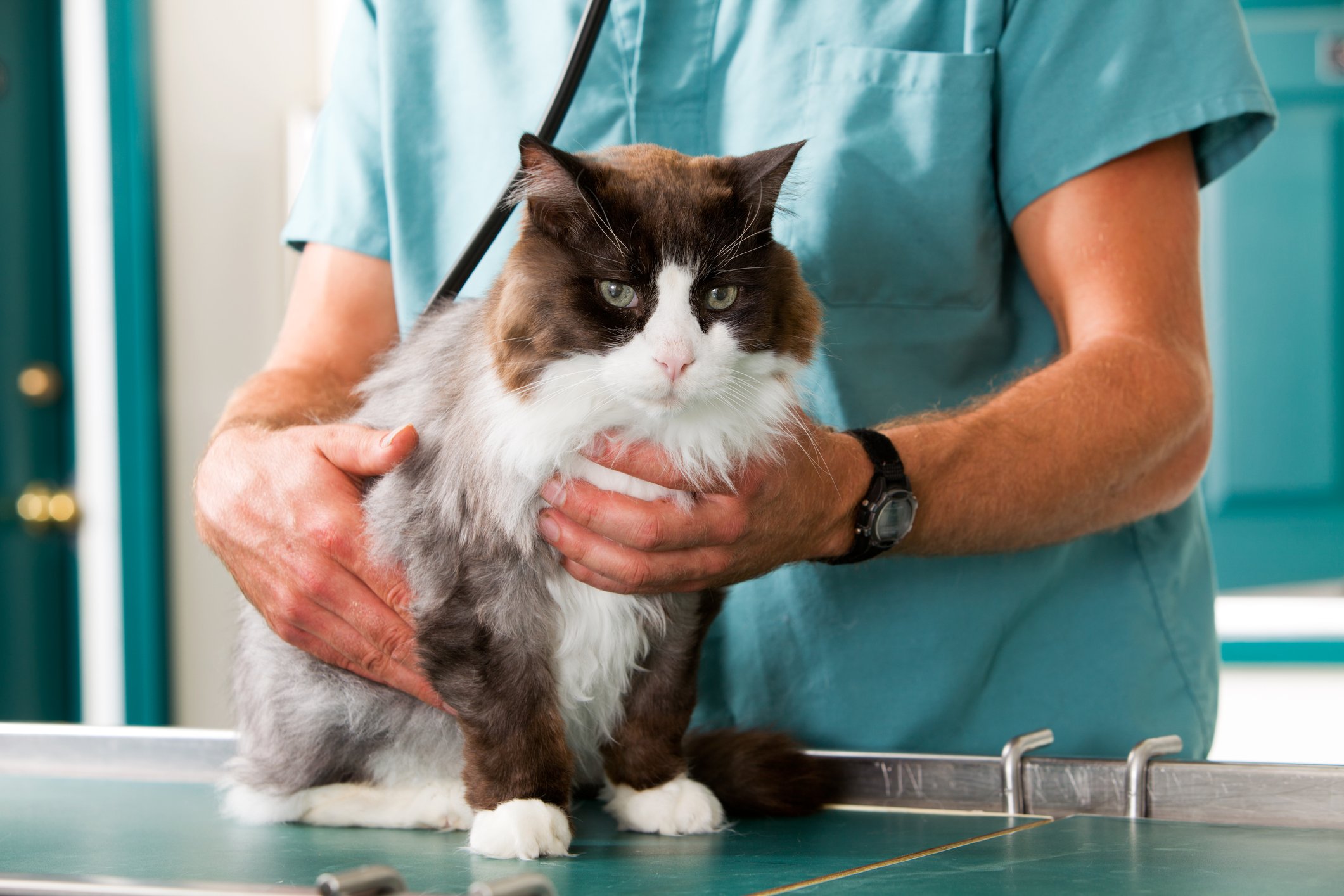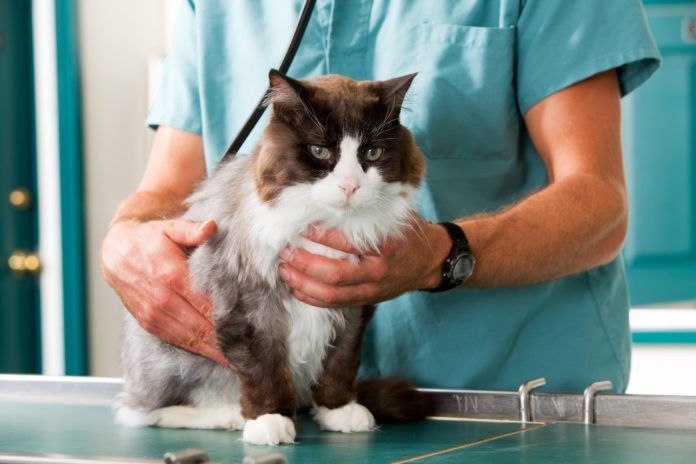Most people can give you a reasonably accurate description if asked to describe the function of the heart, the kidneys or the lungs. But when it comes to the spleen, you’re probably met with blank stares — despite the fact that everyone’s heard of it. Let’s end the mystery and delve into the world of the feline spleen and what it does.
Dreamstime.com


The spleen is a dark red organ located near the stomach. It is longer than it is wide, and looks somewhat like a giant tongue. It is covered by a capsule of sturdy fibrous tissue, and blood vessels enter and exit the spleen on the same side in an area called the “pedicle.”
The spleen is usually found in the cranial part of the abdomen on the left side, although the exact location isn’t fixed. Depending on its size and shape — and the size of the surrounding organs (for example, if the stomach is full) — the spleen can actually shift position to the right side of the body, or to the caudal part of the abdomen.
The functions of the spleen
The spleen isn’t essential for life. It can be surgically removed if necessary, and most animals will be fine. However, the spleen performs important functions —and it’s certainly much better to have one than not. For one thing, it plays a role in “hematopoiesis” — the production of red blood cells. The bone marrow is the major site of red blood cell production, whereas the spleen is the next major site. The spleen is also a storage site for red blood cells and platelets, so if the body is suddenly in need of additional red blood cells in the circulation, the spleen has the ability to contract and flood the bloodstream with additional blood.
Another important function of the spleen is filtration. Your cat’s spleen acts as a giant filter that traps and removes old or abnormal blood cells from the circulation. The spleen also acts to trap and remove bacteria, foreign proteins and old cells through a process called phagocytosis, in which cells of the immune system within the spleen engulf the offending particles. Finally, another important function of the spleen is participation in the immune response.
Anatomically, the internal structure of the spleen consists of areas of “red pulp” and areas of “white pulp,” as well as a “marginal zone,” which separates the white and red pulp. The red pulp contains many sinuses that are engorged with blood, giving the spleen its characteristic red color.
The filtration of foreign proteins, microorganisms and defective or old red blood cells occurs in the red pulp. The white pulp is where the red blood cells are produced and where the cells of the immune system reside. The marginal zone — the area that separates the red pulp from the white pulp — has the primary job of blood filtration.
Primary or secondary disorders
Disorders of the spleen can generally be categorized as either primary or secondary. In primary spleen disorders, the spleen itself is the site of the illness. But the spleen can also be secondarily affected by a systemic disease occurring elsewhere in the body. The most common abnormal finding indicating a problem with the spleen is splenomegaly: enlargement of the spleen. This can usually be detected on physical examination by carefully feeling the contents of the abdominal cavity.
Enlargement of the feline spleen occurs in two forms: localized and generalized. Localized splenomegaly is a focal enlargement of the spleen, i.e. a splenic mass. Generalized splenomegaly is a diffuse enlargement of the entire spleen. Localized splenomegaly is more common in dogs, whereas generalized splenomegaly is more common in cats.
The diagnostic tests
Once splenomegaly is detected, there are several diagnostic tests that are helpful in evaluating the cause for the enlargement. A complete blood count, serum chemistry panel, urinalysis and abdominal radiographs may provide useful information. Abdominal ultrasound is an excellent, non-invasive tool to distinguish whether the enlargement is localized vs. generalized, and to help further define the underlying disease process.
In many cases, a definitive diagnosis can only be achieved by obtaining a sample of the cells from the spleen. This can be accomplished either by aspiration or by biopsy. Fine-needle aspiration is a procedure in which a needle, attached to a syringe, is inserted into the spleen. A sample from the spleen is then aspirated into the hub of the needle and the contents sprayed onto a microscope slide. The slides are then sent to a laboratory to be evaluated by a clinical pathologist. Aspiration can be performed under ultrasound guidance, usually with only mild sedation. This is a safe, reliable method of evaluating patients with splenomegaly.
When surgery is necessary
If a diagnosis cannot be obtained by the diagnostic tests described above, exploratory surgery of the abdomen may be necessary to identify the underlying disease process. Because the entire spleen is likely to be affected in cats, the entire spleen will be removed (as opposed to obtaining a small piece of the spleen as a biopsy specimen).
The spleen is then submitted to the laboratory for review by a pathologist. As stated previously, the spleen is an important organ —but it is not necessary for survival. Most animals can enjoy healthy lives following splenectomy.
In cats, unfortunately, infiltration of the spleen with cancer cells is the most common cause of splenomegaly. The most common cancer is mast cell tumor or mastocytosis, while lymphoma and hemangiosarcoma are two other common splenic cancers. In a study published several years ago, 19 cats were evaluated after undergoing surgical removal of their enlarged spleen. Ten of the 19 (53 percent) had mast cell tumor, four had hemangiosarcoma (21 percent) and two had lymphoma (11 percent). The prognosis for each of these tumors is variable.
Feline splenic disease is more rare than its canine counterpart, but it is still an important condition in veterinary medicine. Ultimately, the prognosis for cats with splenomegaly varies depending on the cause. — Arnold Plotnick, DVM, DACVIM





What can a cat eat with a enlarge d spleen.